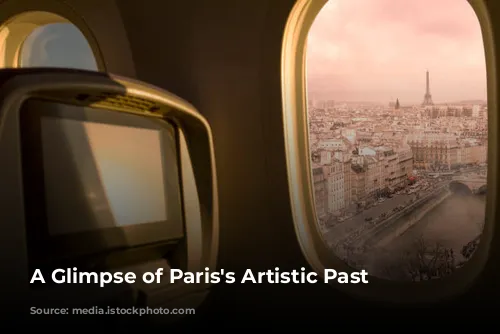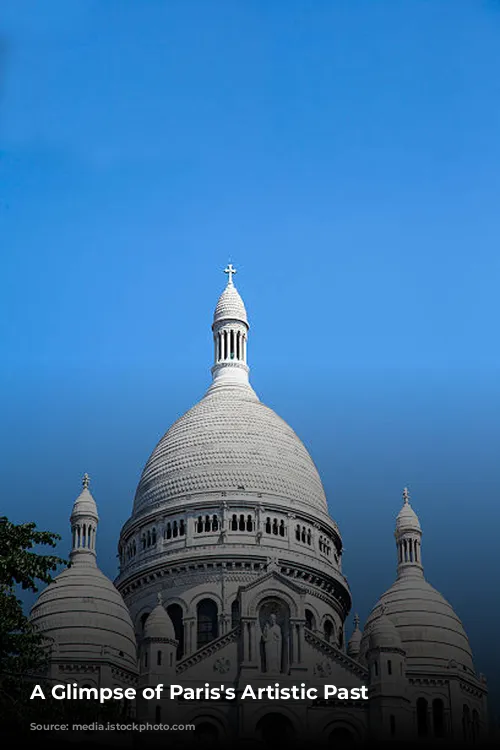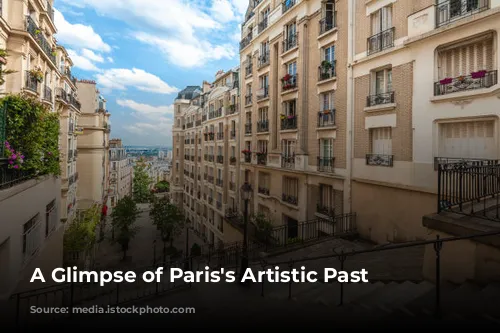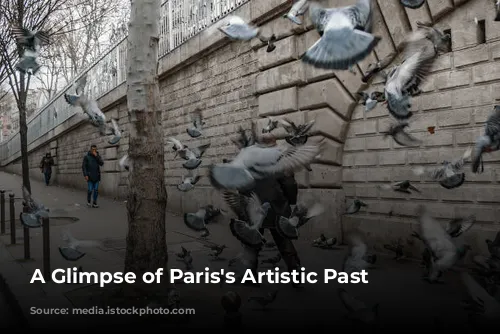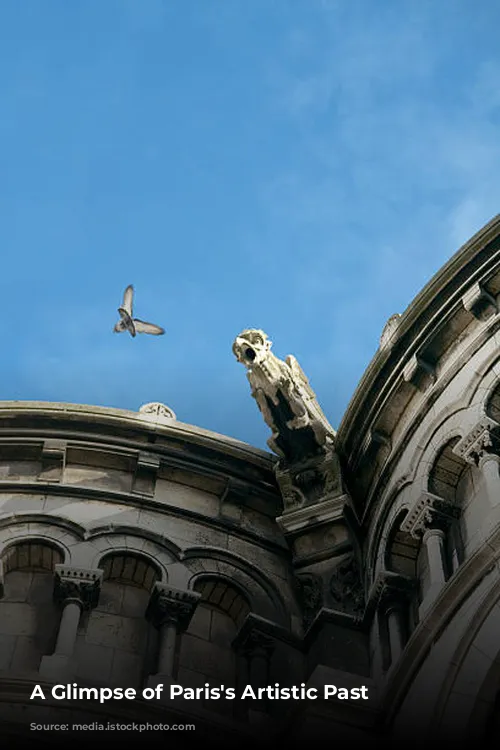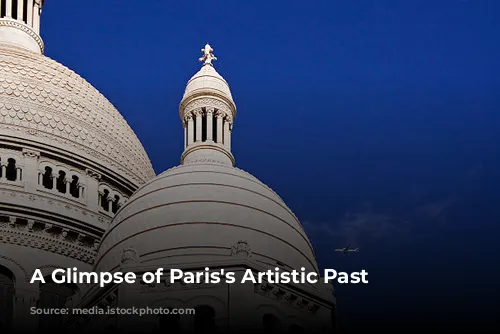Step inside the Lapin Agile, a quaint cabaret nestled amidst acacia trees in Montmartre, a captivating neighborhood perched atop a hill in the heart of Paris. This historical gem, once frequented by legendary artists like Picasso and Modigliani, now welcomes tourists from around the world, offering a glimpse into the district’s artistic past. As you wander through its dimly lit rooms, you’ll hear the enchanting tunes of traditional French songs, transporting you to a bygone era.
This section introduces the Lapin Agile cabaret and its significance in Montmartre’s history, highlighting the artistic legacy of the neighborhood.
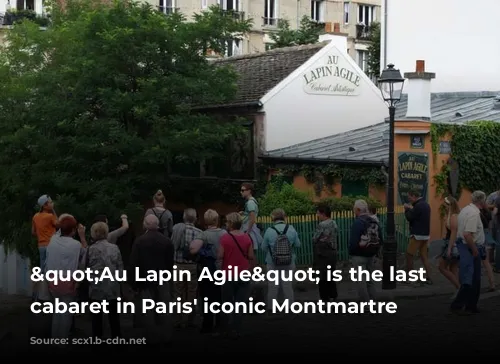
The Artist’s Haven Faces a Crossroads
Montmartre, with its charming cobblestone streets and sweeping views of the city, has long been a magnet for artists seeking inspiration and a unique atmosphere. But in recent decades, mass tourism has dramatically transformed the area, impacting its unique character and the lives of its residents.
This section emphasizes the influx of tourists and its impact on the neighborhood’s character.
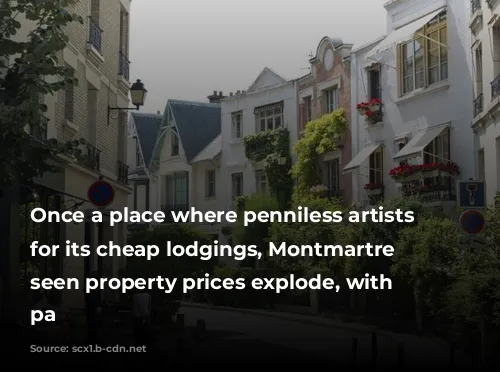
A Struggle for Preservation
Yves Mathieu, the owner of the Lapin Agile, expresses his concerns about the proliferation of souvenir shops, replacing the neighborhood’s original charm with generic trinkets. He laments the changing landscape, determined to preserve the cabaret’s authenticity despite the challenges posed by mass tourism.
This section focuses on the challenges faced by the Lapin Agile and its owner in preserving the cabaret’s traditional character amidst the influx of tourism.
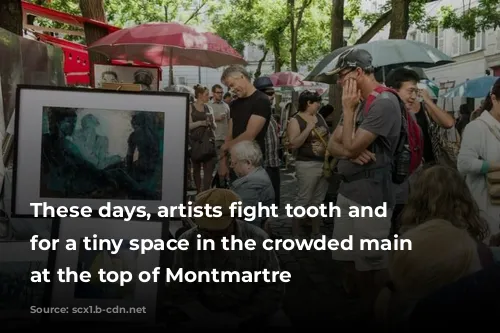
The Rise of Tourism and the Decline of Local Businesses
The once-bustling streets of Montmartre, where artists like Leo Ferre, Georges Brassens, and Charles Aznavour launched their careers, are now witnessing the displacement of local businesses by the overwhelming presence of tourists. Alain Coquard, president of the “Republic of Montmartre”, expresses concerns about the area becoming a mere amusement park, losing its genuine character.
This section delves into the impact of tourism on local businesses, highlighting the displacement of traditional shops by souvenir sellers.
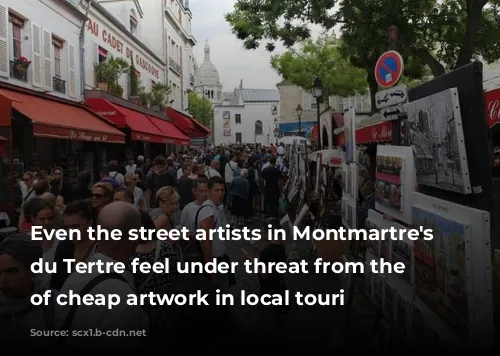
A Neighborhood Under Siege
Long-time residents share a growing sense of despair as they witness their beloved neighborhood transformed into a tourist destination. Spiraling rents have forced out local shopkeepers, leaving only a handful of original establishments, like Frederic Loup’s pharmacy, clinging to their existence. The neighborhood’s iconic charm, immortalized in the film “Amelie”, has ironically contributed to its gentrification, driving out the very people who gave it its unique identity.
This section focuses on the impact of rising rents on the local community, illustrating the displacement of residents and the changing character of the neighborhood.
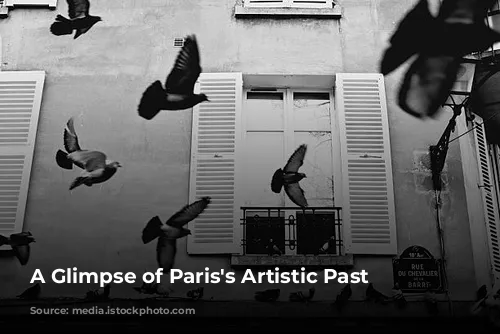
A Fight for Artistic Expression
Despite the economic pressures, artists continue to find inspiration in Montmartre’s streets, albeit facing increasing challenges. Street artists like Midani M’Barki, who heads the Paris-Montmartre artists’ association, are struggling to find space to create and showcase their work amidst the growing encroachment of restaurant terraces. They fear being pushed out of the neighborhood they call home, leaving behind a cultural void.
This section highlights the struggles faced by artists in Montmartre, particularly street artists, who are battling for space and recognition amidst the growing dominance of commercial interests.
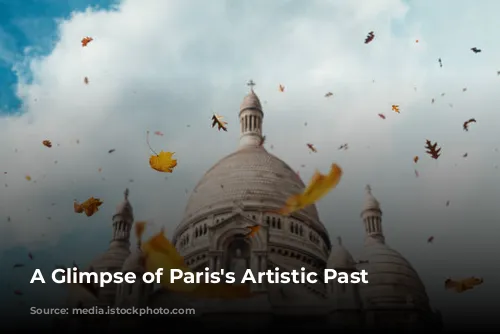
A Fight for the Soul of Montmartre
The future of Montmartre hangs in the balance as the neighborhood grapples with the pressures of modernization and the allure of tourism. While the neighborhood’s artistic legacy remains a powerful draw for visitors from around the world, the heart of Montmartre, its authentic charm and artistic spirit, is at risk of being lost.
This section emphasizes the importance of preserving the soul of Montmartre and its artistic spirit in the face of relentless tourism and commercialization.
